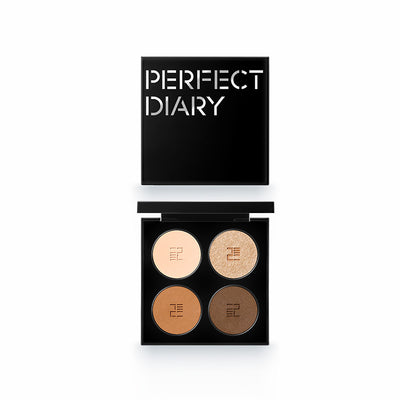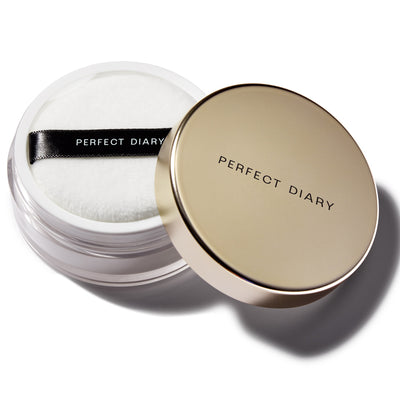Explainer: How much is Concealer Critical for a Flawless Look?
I get asked a lot about what concealer I use all the time. Concealer, if applied under the eyes, can instantly make you look younger and more awake. First and foremost is to know the difference between concealer and foundation. There are a few rules to applying your concealer. A lot of women don't apply enough concealer because they're scared to go overboard with it. The next step will be to blend it in with an eye brush or blender sponge.
Concealer, if applied under the eyes, can instantly make you look younger and more awake
Concealer is a must-have for anyone who wants to appear younger and more awake. It can be used to cover blemishes, dark circles under the eyes, tattoos, and scars. Concealer can also be used as a highlighter to make certain areas of your face stand out over others (for example, using it under your eyebrows will help them look fuller).
First and foremost is to know the difference between concealer and foundation
One of the most important things to know about concealer is the difference between concealer and foundation. Concealer is a skin-colored cream used to cover up imperfections, such as dark circles under your eyes or blemishes on your face. Foundation is a liquid or cream that's applied over the entire face, evenly covering any redness to even out your skin tone. What shade you choose depends on what type of coverage you want: light, medium or full. The terms "full" and "sheer" can be confusing because they're used to describe both foundations and concealers—the trick here is understanding how they differ from one another:
Full Coverage: This provides much more coverage than sheer; it covers blemishes completely and can even hide scars if applied correctly (it's not just for covering up pimples). We recommend the Flawless Glaze Silky Touch Liquid Concealer from Perfect Diary for the best results.
Sheer Coverage: A less intense way of concealing imperfections; it doesn't entirely mask them but does blur them so they aren't as noticeable.
There are a few rules to applying your concealer.
Use a brush or sponge.
Apply concealer under your eyes, around your nose, and on any blemishes.
Blend it in with your fingers.
Use a light hand when applying concealer, as this is just to even out the skin tone and give you a subtle look, not cover up blemishes completely.
A lot of women don't apply enough concealer because they're scared to go overboard with it.
If you don't apply enough concealer, it won't do its job. You might think that going overboard with concealer will make your face look weird and unnatural, but that isn't the case. Concealers can be used to cover any blemishes or acne on your skin, as well as dark circles under the eyes and redness on the cheeks. If you have dark circles under your eyes or pimples on your face, they'll show through whatever foundation or powder is applied after applying concealer. Concealer is essential for making sure every flaw is covered up so that it doesn't show through even when wearing makeup. Still wondering how much is concealer important for your skin? In layman's words, it is your real-life Instagram filter.
The next step will be to blend it in with an eye brush or blender sponge.
With your concealer brush or sponge, pat the concealer on your skin. Make sure to blend it in well and avoid any harsh lines. If you don't blend it, it will look unnatural and cakey on your face!
Once you've blended the concealer in, check out the rest of your makeup routine to make sure everything else is looking good too.
The three most common mistakes people make while applying concealer are not using enough product,
If you're looking for simple and effective ways to improve your concealer application, here are three of the most common mistakes people make when using it:
Using too much product: You only need a small amount of concealer at a time. Using too much product creates an unnatural look and can cause your skin to look cakey.
Not blending it in properly: Unless you want to settle for an uneven complexion, you must blend your concealer well before moving on to other areas of your face or body. To make sure that this process goes smoothly, use clean fingers or a brush with natural bristles. Be sure not just blend out any harsh edges—you should always be blending out toward the edges of an area where makeup has been applied so as not to leave any noticeable lines behind.
Too much powder is also another common mistake when it comes to concealers.
Using too much powder can make your face look cakey while using the right amount of powder will help set your concealer and keep it looking fresh throughout the day. The best way to apply concealer is with a brush and then use a fluffy brush to apply loose or pressed powder on top of that. Makeup artists often use these techniques because they provide the most even coverage while still allowing the skin to breathe and retain its natural moisture levels.
The powder isn't an alternative for concealer; rather, it's used in tandem with concealer so that there aren't any visible lines where one product ends and another begins (a phenomenon known as "creasing"). If you're applying foundation overtop a thick layer of cream-based highlighter instead of under it—and vice versa—you might end up with caked-on residue everywhere except where you want it: under the eyes, across cheekbones...anywhere but where we want them.
Conclusion
So, do you know how much is concealer important for your skin? Especially, if you are not blessed with flawless skin. You've also learned how to apply concealer properly so that it doesn't look caked on or weird. We also recommend the Clear Cover 3-color Concealer Palette from Perfect Diary. It comes in ivory and natural shades and has superior concealing abilities.





















